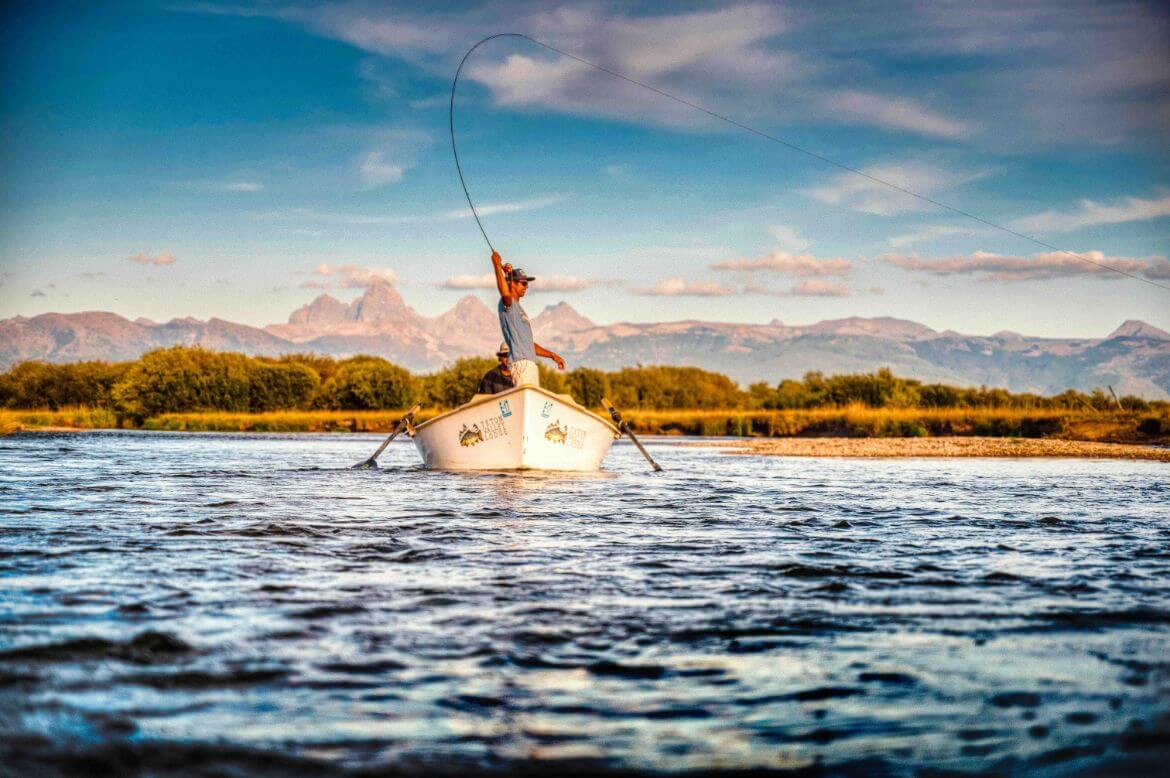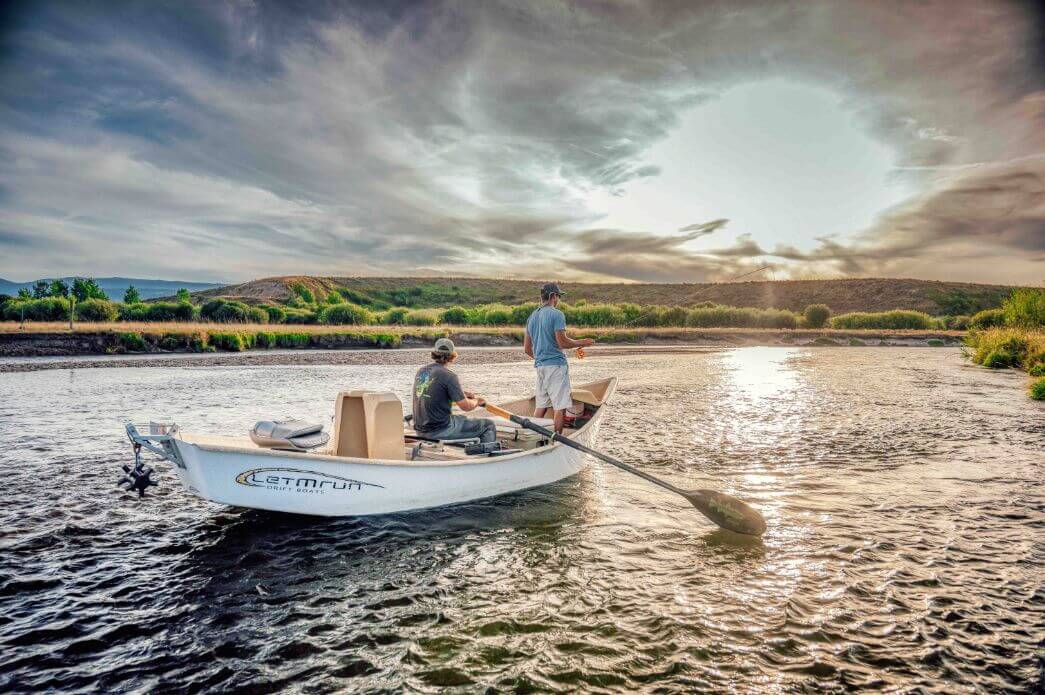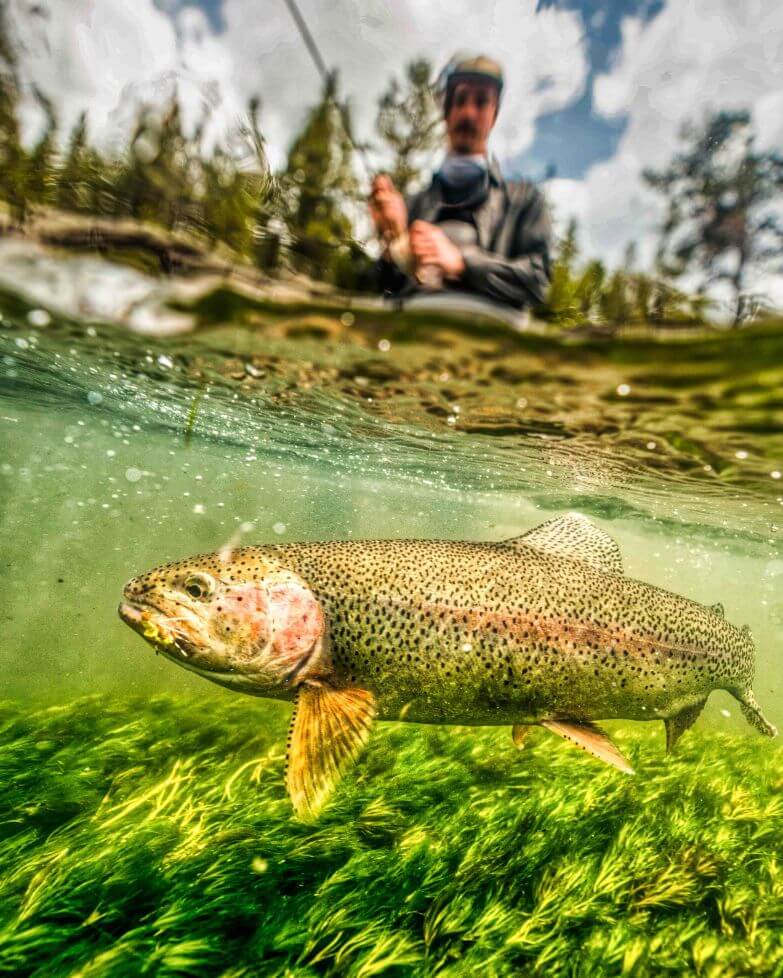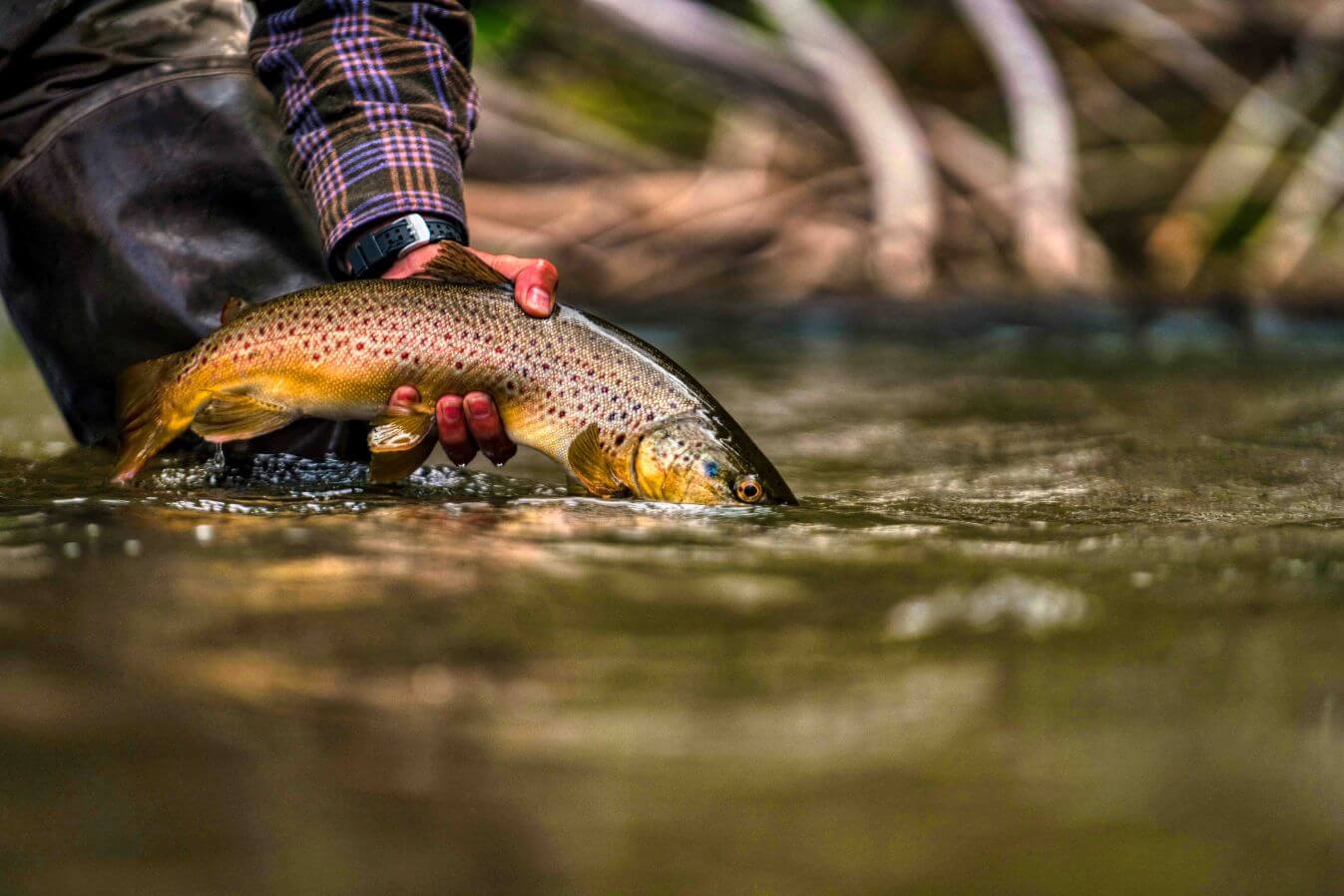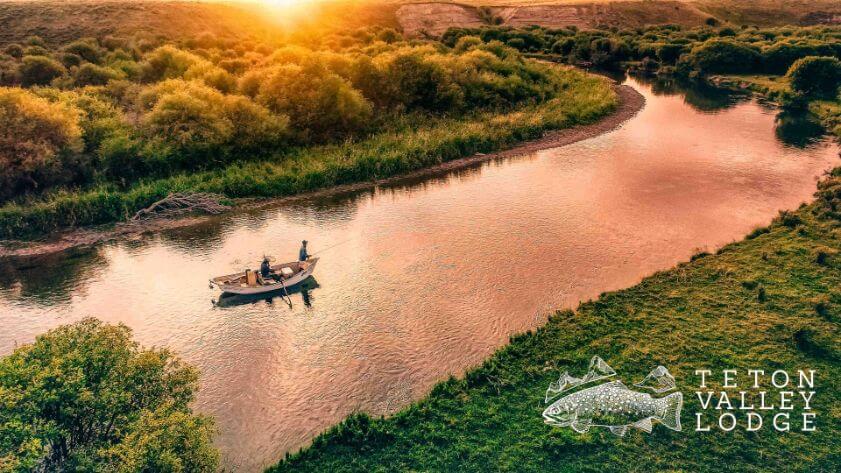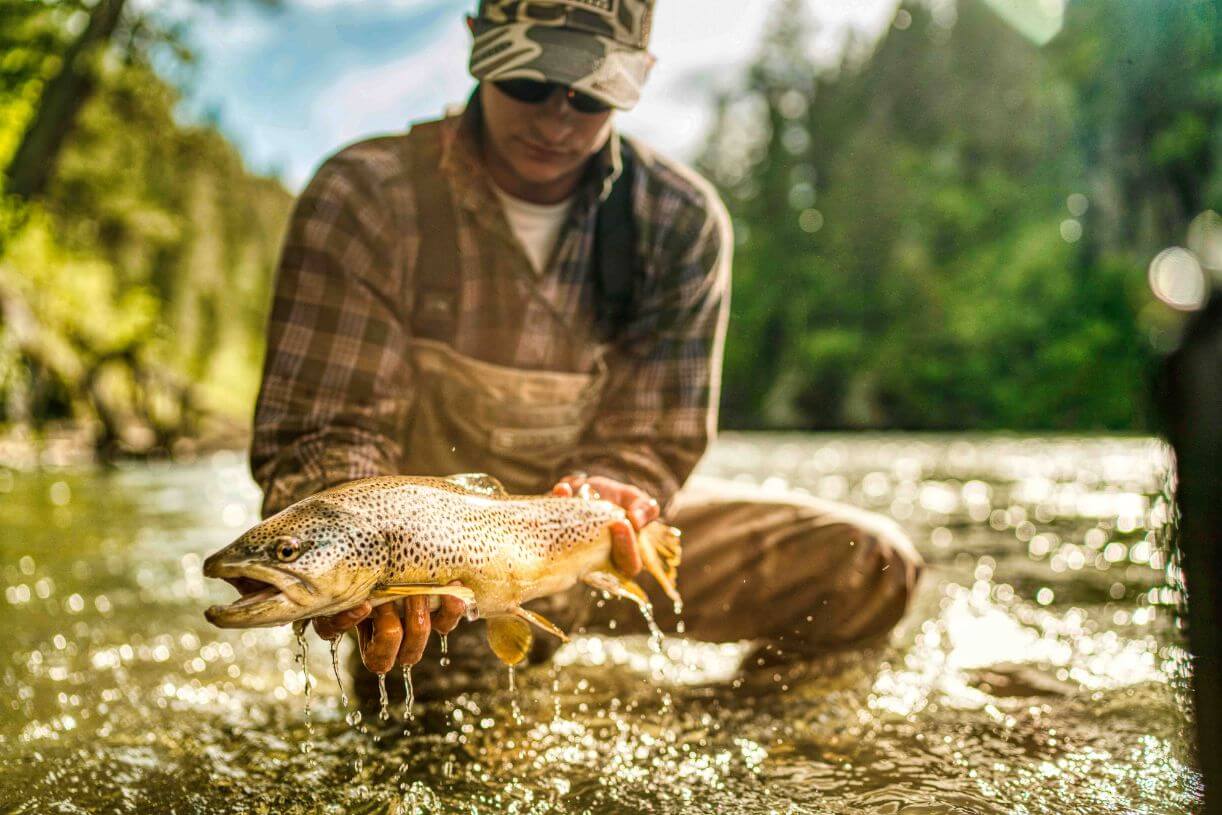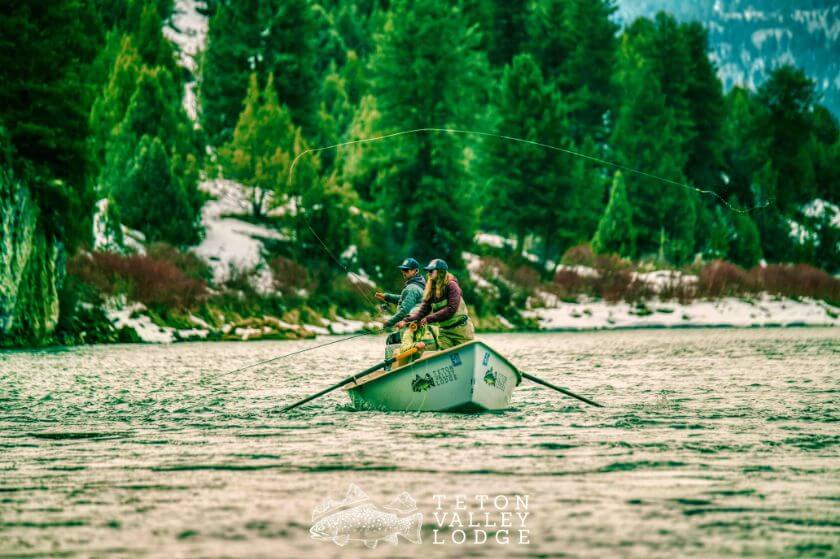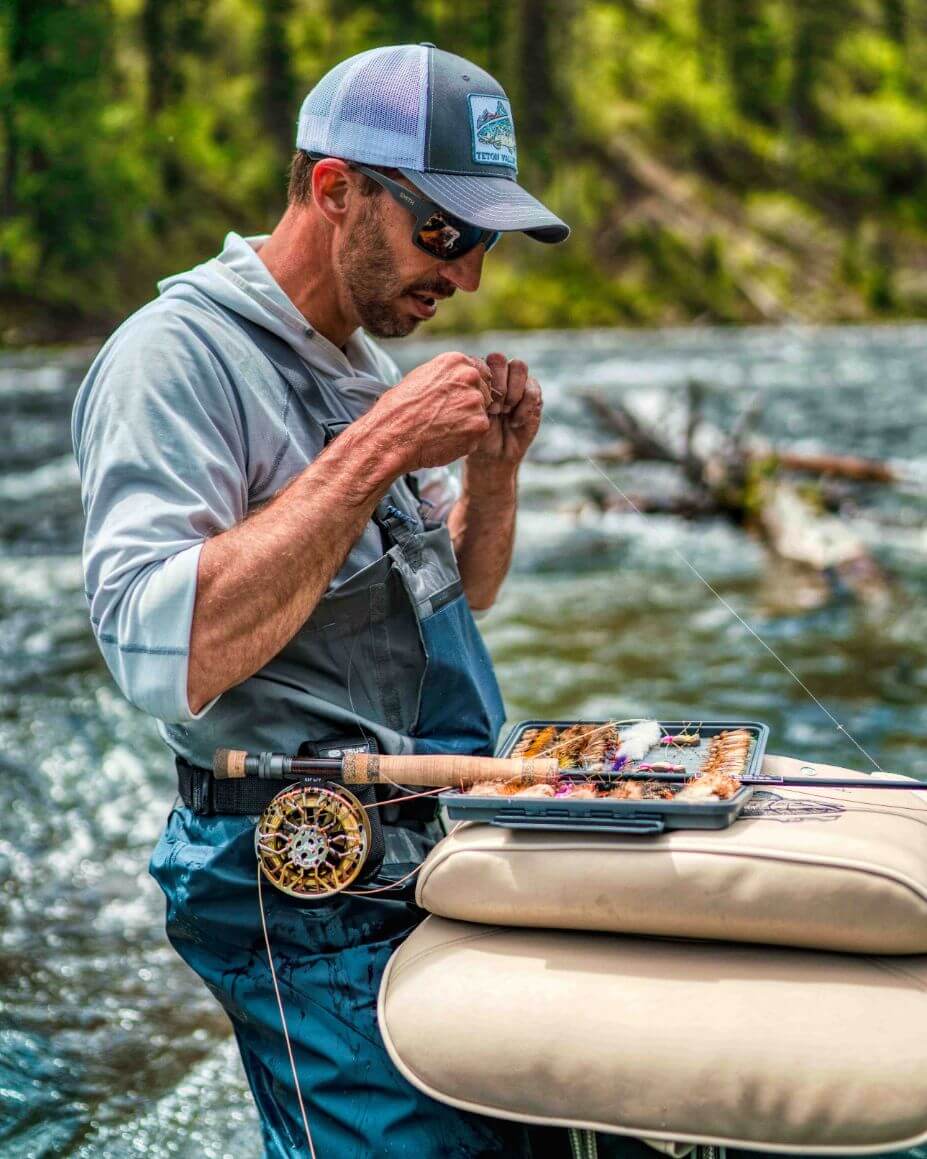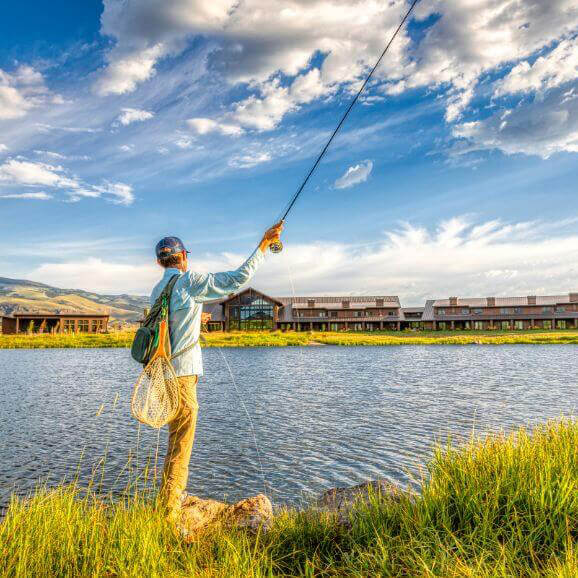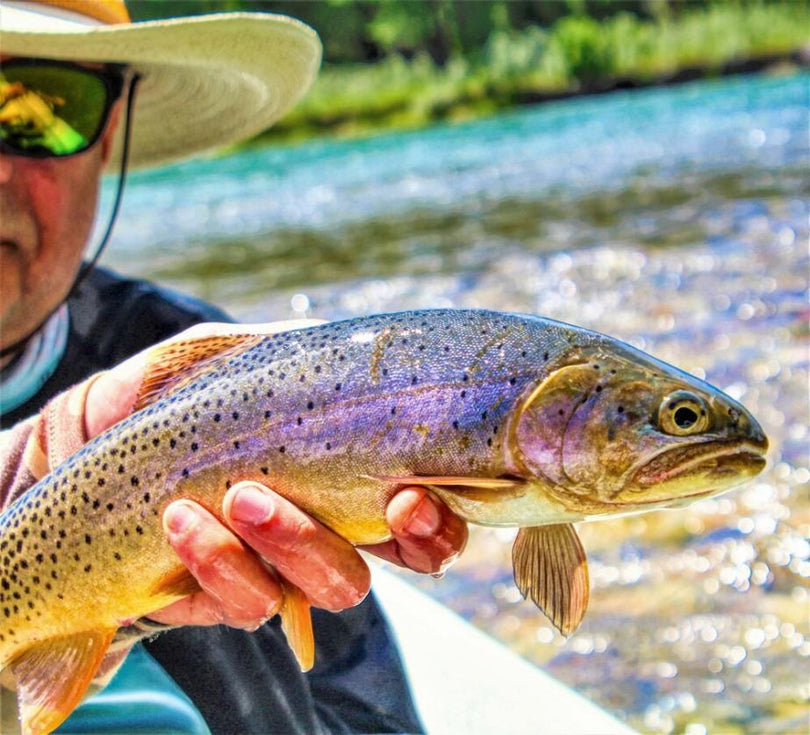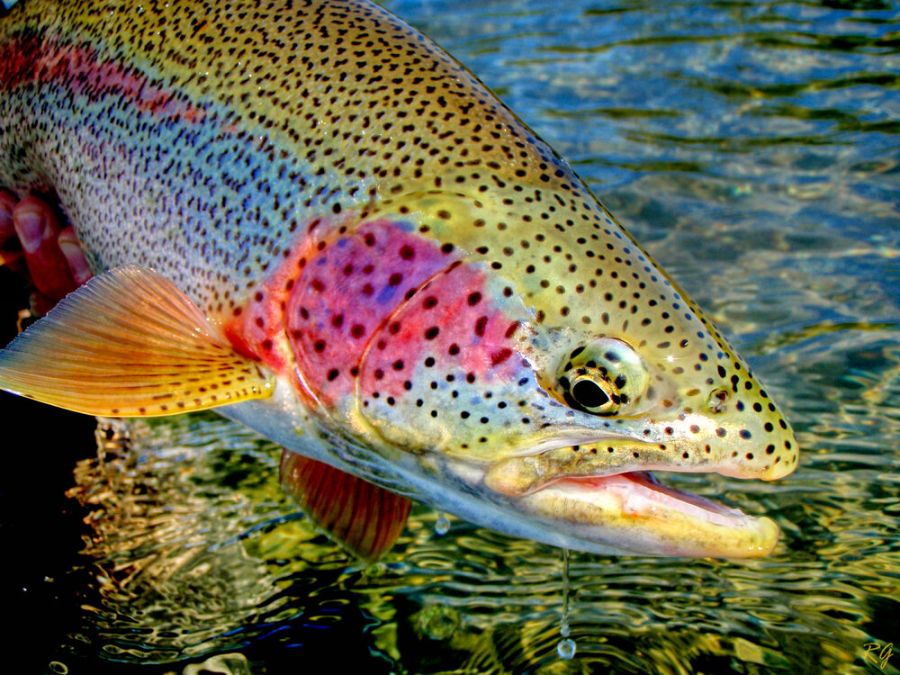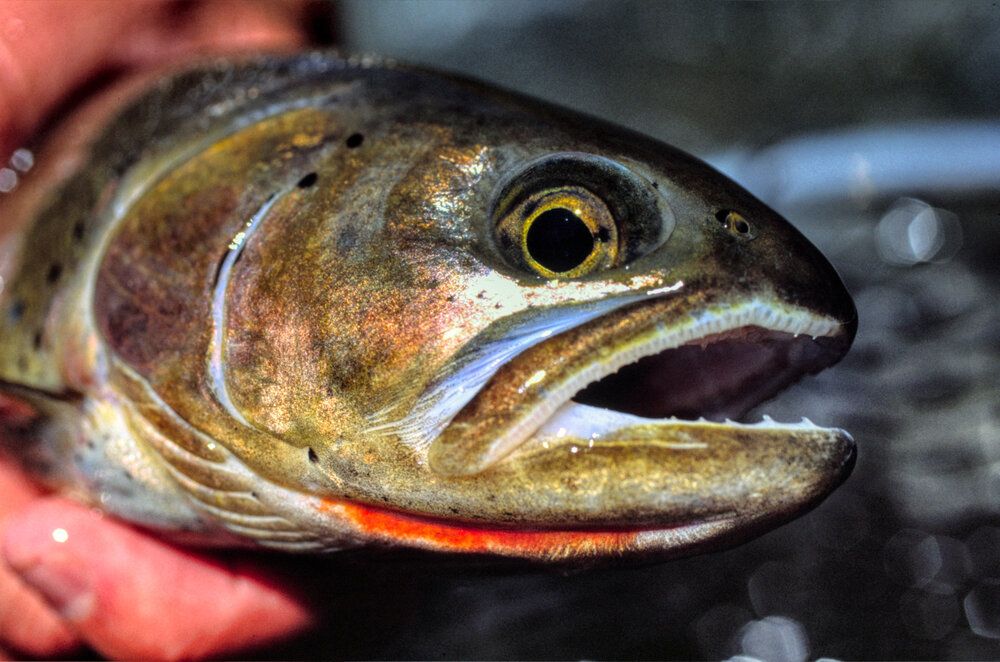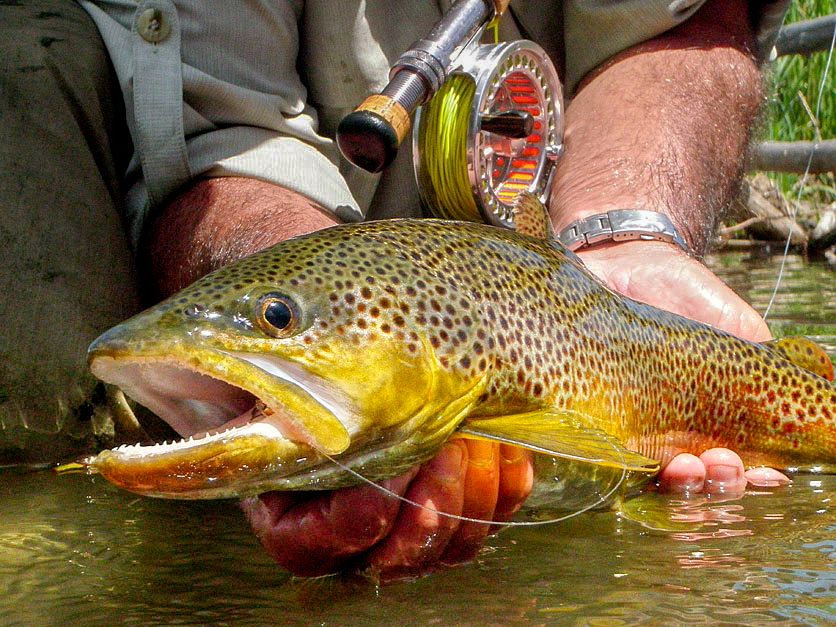What Others Have Said about our recommendation to Teton Valley Lodge —-
“TVL was awesome, and exactly what we were looking for on this trip! The lodge was casual and comfortable, with good food and drink, and the guides and fishing were extraordinary. The owners and other staff were super-cool. The entire “vibe” was fishing. We fished two different sections of the South Fork and a section of Henry’s Fork, and the fishing was non-stop action for quality fish. The weather was in the low 30’s every day, with snow on 2 of the days, but that hardly mattered. It was the most productive trout fishing I have ever experienced.” Chad
Teton River —-
The Teton is more than just a river to us, it is part of everything we are. This is where everything started. Three generations ago, our great-grandfather started guiding anglers on the Teton River. Fly fishermen from all over the world have visited this one of a kind spring creek. They come for the dry fly fishing (Brian Berry, Owner).
Beautiful Waters : The lower and lower-lower narrows are best fished from a drift boat. They are somewhat mild compared to the middle and upper floats in terms of white water, but this is a very special part of the river. Teton Valley Lodge has a private access to launch on the lower narrows, which guarantees low fly fishing pressure and fresh fish.
Dry Fly Fishing: The hatches begin as soon as the water clears from run-off, generally near the end of June, and will continue through the month of October. The season begins with the most prolific hatch of the season, the Pale Morning Duns. PMD’s are a beautiful mayfly that will range in color from light yellow to pink, orange, and green. Fish will feed vigorously upon these mayflies for about a month. Along with the PMD’s, there are a plethora of stoneflies on the Teton.
Native Cutthroat: The cutthroat is the most prevalent, in fact, the Teton has one of the strongest holds of native cutthroats found in the West. Every day on this stream gives its fisherman a chance at a fish of a lifetime. Because of these large fish, and the excitement they provoke, the lodge has a special contest just for the Upper Teton. The largest fish caught in this section will win a free 3 day trip for whoever catches it.
South Fork of the Snake River —-
If you could only fish one river the rest of your life, the South Fork of the Snake would be the river to select. With over 60 miles of water, there is, without fail, trout feeding everywhere. Among thirteen different access points, there is no problem getting to the fish. Miles of water equals an abundance of trout. The South Fork of the Snake boasts over 5,000 fish per mile! From Palisades Dam to Lorenzo Idaho, this stream is full of fins and tails. Browns, rainbows, and cutthroat are found throughout. These fish regularly average a length of 15 inches and 20 inches are not uncommon. The largest fish caught fly fishing on this river was 22 pounds.
Large River, Lots of Water: With over 60 miles of river to float and average flows of 10,000 CFS, there is plenty of room to fish. This is the Snake River that flows through Jackson Hole Wyoming. In Idaho, we call it the South Fork. TVL floats 6 different sections of the South Fork of the Snake River with one private access.
Big Trout: There are truly big fish on the South Fork. A good average fish is 16 inches, but fish over 20 inches are common. The biggest in 09’ was 29 inches and the biggest in our memory was caught by Head Guide Tom Fenger and weighed in at 22 pounds! Browns, Rainbows, and Cutthroat.
Beautiful River Sections: This is an exciting river everywhere you look there is a great spot to place a cast. Log jams, riffles, side channels, backwaters, undercut banks and more. You name it, the South Fork has it. This is a fun river to fish. And the scenery is breathtaking as well. Join us. It will be fly fishing time well spent.
Henry’s Fork of the Snake River —-
So you want a western fly fishing experience. How about wetting your line in an ancient volcano that just so happens to be old Yellowstone? At six thousand feet above sea-level, Henry’s Fork flows out of a spring created by volcanic events more than a millennium ago. This historic area was home to battles between Chief Joseph’s Nez Perce tribe and United States military troops. Some of this area also served as a cattle ranch for the Harriman and Guggenheim families. This ranch is now an Idaho State Park.
The river starts in Island Park Idaho near Henry’s Lake at a place called Big Springs. The Henry’s Fork is no secret. For decades it has been known to most anglers as the greatest river in the world. We love the Henry’s and fish it year round. It is beautiful and diverse. There are many different types of water, and countless insects to feed the fish. The fish are strong and majestic. Eight sections of the river run through two dams and cascade over an elevation change of over 1,000 feet.
Big Rainbows on Dry Fly: The fish are rainbow/cutthroat hybrids or pure rainbows on the upper river. You add browns to the mix when you fish below Mesa Falls. The entire river is dry fly paradise. There is no river in the world that has a better reputation for dry fly fishing. Fishermen who want the chance at a giant rainbow on a dry fly flock to this river each spring when the Salmon Flies begin to hatch. Some of the largest dry fly eating trout in the U.S. are found in this river. We have many dedicated anglers who have fished with us for 30-40 years that still show up every May or June to lay a dry fly over these giants.
First Dry Fly Area Each Year. This one of the best times of the year to catch a monster trout on a dry fly. This unique fishing all occurs when the salmon flies hatch up and down the river beginning in mid-May. This fabulous hatch continues through the 15th of June. Along with the salmon flies, a surplus of golden stones and mayflies are out as well. All of these hatches mean one thing – big fish! In a three day period, TVL fishermen landed a 24 inch, 25 inches and 26-inch trout, all on different sections of the river, all on dry flies.
As the season moves forward, we fish the Henry’s less due to the outstanding dry fly action on all of the other 20 sections of our other rivers. However, there are times during the season that we make sure we go back to this great river fishing. August and September are top times for dry fly action. Many 5 to 8-pound fish have been caught in these months. As well as being famous for large fish, there are times when the rainbows just go nuts. The non-stop action of the fishing combined with the extraordinary beauty of the river makes any day special. If big rainbows on dry flies are what you want, we wholeheartedly recommend the Henry’s Fork of the Snake.
